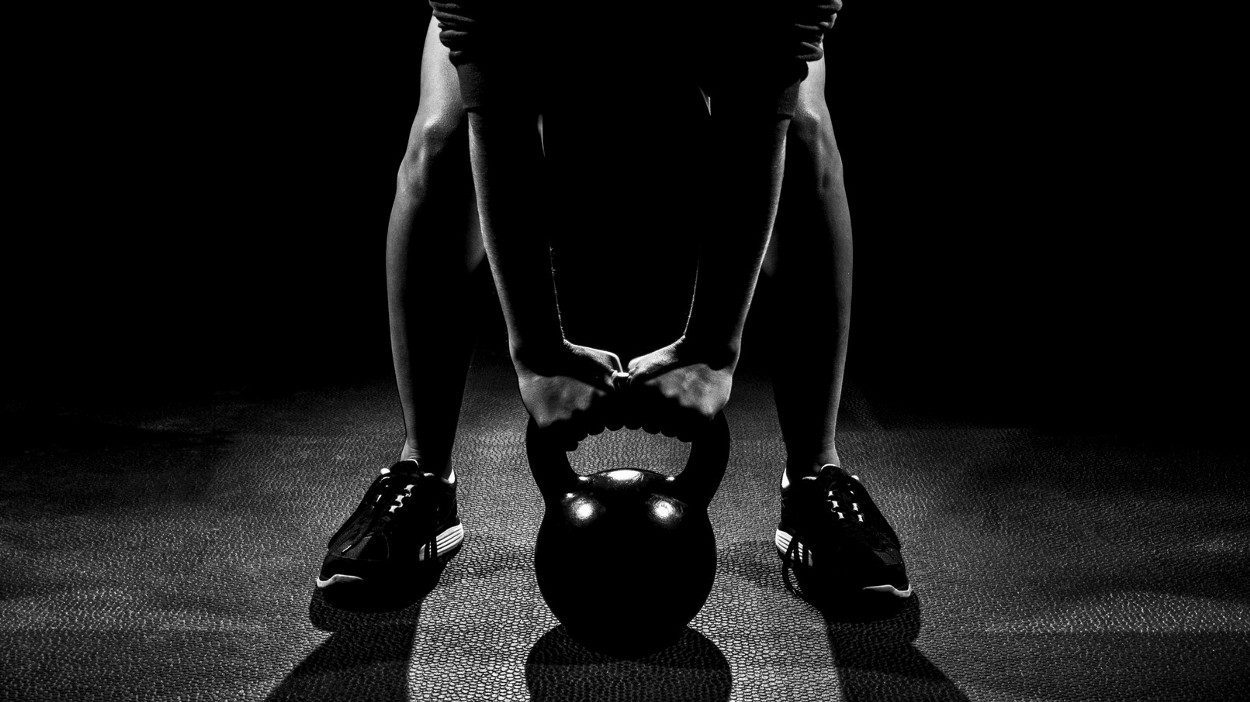January 2017 NewsBlast | Article 3
23 Jan 2017 / NAFCNAFC NewsBlast - January 2017 | Article 3
One Tip to Transform Your “Joy” Of Cycling
By Tammy LeBoss | thefitprofoodie.com

Powerful Breathing: Relax the Belly
Whether you’re cycling, doing yoga or trying to navigate life with greater ease, here’s one thing to focus on that could transform your training experience:
Relaxing the belly and opening up the back to the same degree are key in sustaining a strong breathing pattern.
Given the body position for cycling, it is much easier for the athlete to breathe through the abdomen as opposed to the chest. This is the reverse of what most trainers and Pilates teachers will tell their students.
While breathing through the chest and keeping the abdomen contracted all the time is ideal for just about every other sport, in cycling it is counter-productive.
Sucking the belly in stiffens up the upper body and uses extra energy where it doesn’t need to be spent. In cycling, you want the most of your energy expenditure to go to your legs because that is the engine. You want your upper body loose and ready to adapt to whatever terrain you come upon.
Remember, your upper body is just there to steer and if your muscles are tense already from flexing your muscles in your chest and upper back because you are focusing on scooping your abs, then you’re asking for trouble when you come upon a terrain change, obstacle or crash.
For powerful breathing, contrary to what you may have learned, relax the belly.
November 2016 NewsBlast | Article 1
15 Nov 2016 / NAFCNAFC NewsBlast - November 2016 | Article 1
4 Hacks To Overhaul Your Workout
By Tammy LeBoss | thefitprofoodie.com

We’ve all been there, right?! We keep doing the same routine, expecting quantifiable results and instead we see zero progress, or negligible benefits at best. You may have heard this before:
Insanity: doing the same thing over and over again and expecting different results.~ Albert Einstein
So, let’s try something different, shall we?
Tip 1: Powerful Breathing: Relaxing the Belly
One key point that could transform your joy of cycling…
Whether you’re cycling, doing yoga or trying to navigate life with greater ease, here’s one thing to focus on that could transform your training experience:
Relaxing the belly and opening up the back to the same degree are key in sustaining a strong breathing pattern. Given the body position for cycling, it is much easier for the athlete to breathe through the abdomen as opposed to the chest. This is the reverse of what most trainers and Pilates teachers will tell their students. While breathing through the chest and keeping the abdomen contracted all the time is ideal for just about every other sport, in cycling it is counter-productive.
Sucking the belly in stiffens up the upper body and uses extra energy where it doesn’t need to be spent. In cycling, you want the most of your energy expenditure to go to your legs because that is the engine. You want your upper body loose and ready to adapt to whatever terrain you come upon. Remember, your upper body is just there to steer and if your muscles are tense already from flexing your muscles in your chest and upper back because you are focusing on scooping your abs, then you’re asking for trouble when you come upon a terrain change, obstacle or crash.
For powerful breathing, contrary to what you may have learn, relax the belly.
Tip 2: Adjustments for a Better Squat
Ever wonder why is it important to stretch your calves?
Tight calves contribute to foot pronation, which contributes to patella-femoral mal-tracking (PFJ). For optimal maintenance, try stretching 2–3 times per day, holding stretches for 30–60 seconds.
You can avoid the expensive cost of doing muscle balancing tests by becoming aware of the how/why/where the imbalances are: Studies show that around 90% of cases are due to one of the following three problems:
- Foot pronation,
- Weakness of the inner quadriceps (VMO) and gluteals, or
- An overly tightened IT-Band (iliotibial band, a tendon-type band on the outside of the thigh).
So, stretching out the calves often today can help improve your squat, your walk, your posture.
Tip 3: 1 Effective Way to Wake Up the Core: Belly Whack Test
Want to learn 1 way to wake up that core?
Have you tried the Belly Whack Test with your clients? Tap the belly — Use this strategy with the plank, superman, and bridge, and you’ve activated the transverse abs, spinal stabilizers and the gluteus. Successful workouts will happen when clients get out of their heads, and into their bodies. Before your next training session, give the belly an effective whack, feel for the quake and you’ll go deeper (into the core).
Today’s Training Tips:
- Use less words, teach clients to ‘feel’ as opposed to ‘thinking about’ a particular movement.
- Make muscle activation accessible, and always keep it fun.
Tip 4: How much ab tension is enough?
Tired of the traditional core work?
Break the monotony of traditional core work, and break through the inertia of weekend play and repose. It’s likely that no matter who you are or what you do, you probably sit too much. We all should try to sit less, but sometimes that isn’t an option. So, what are easy and fun ways to wake up the body prior to activity?
It’s a physics thing: The moment we add dynamic movement or a force compressing on the spine, we need to increase abdominal tension. Adding greater trunk stiffness is effective to avoid rounding or flexing your back.
Training Tip: To maintain a good spinal position in your deadlift, exhale fully piercing navel to spine. Feel your TA fire, as you’ll need 100 percent abdominal tension!
Conclusion
It’s all in the details. If you are looking to feel the difference, keep making adjustments and you will see results in no time.
1

